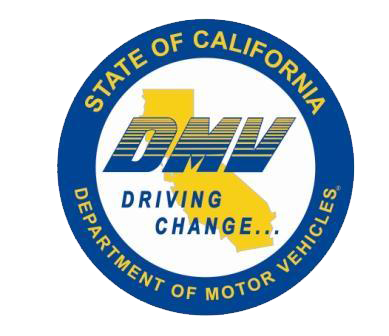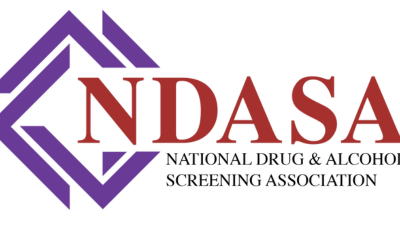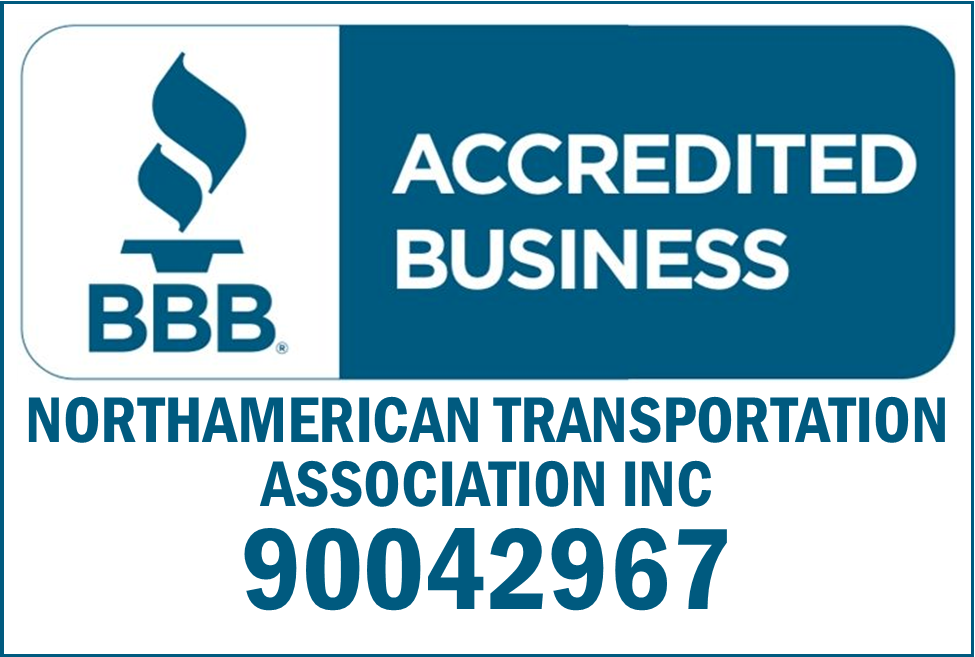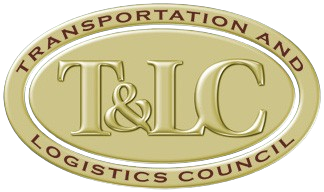What You Need to Know About FMCSA Intervention Thresholds
No doubt—as you know—there are many rules and regulations to comply with in the transportation industry, from federal regulations to various state regulations, from recordkeeping to the physical condition of your drivers,
But one your most significant concerns should be:
Intervention Thresholds.
Why? Because these are strong indicators of crash risk, and therefore your safety fitness as a motor carrier. Exceeding Intervention Thresholds can put you on Federal Motor Carrier Safety Administration (FMCSA) priority lists, and result in fines and violations. If they are bad enough—and worse, if they persist—they could even put you out of business.
This is one reason why your truck insurance is so high. Simply because most of your Safety Measurement System (SMS) basic scores are generally available to the general public, your competitors and your insurance carrier. So quit going around waving a red flag in front of the bull (FMCSA) and do something to lower your scores. But first, you must learn how to keep score if your going to win this game!
Thresholds and Crash Risk
Intervention Thresholds are based on seven Behavior Analysis and Safety Improvement Category (BASIC) percentiles. These are set by the Federal Motor Carrier Safety Administration (FMCSA) under the agency’s Compliance, Safety, Accountability (CSA) scoring program.
These seven BASICs include:
- Unsafe Driving (Speeding, reckless driving, improper lane change, inattention, or failure to use seatbelts)
- Hours of Service (HOS) Compliance
- Crash Indicator (History of crash involvement.)
- Driver fitness (Invalid license, medically unfit to operate a CMV.)
- Controlled substances/alcohol (Use or possession.)
- Vehicle maintenance (Failure to make required repairs.)
- Hazardous materials compliance (Leaking containers, improper packaging and/or placarding.)
Based on the relation to crash risk, the FMCSA has determined the following Intervention Thresholds for each of those BASICs:
- Unsafe Driving, HOS Compliance and Crash Indicator: 65% (with percentiles of 50% for passenger vehicles and 60% for hazardous materials vehicles);
- Driver Fitness, Controlled Substances/Alcohol, and Vehicle Maintenance: 80% (with percentiles of 65% for passenger vehicles and 75% for hazardous materials vehicles);
- Hazardous Materials Compliance: 80%
How Thresholds are Set
Carrier safety performance in the SMS system is based upon the previous 24 months of on-road performance, inspection and crash data, as well as any Acute and Critical Violations found during investigations over the last 12 months.
As would be expected, more recent inspections weigh more heavily on SMS calculations. Violations are broken down into three time periods: Those that occurred within the last 6 months; those that occurred between 6 months and 1 year ago; and those older than 12 months, but more recent than 24 months.
Carriers are then grouped by BASIC with other carriers with a similar number of safety events, then assigned a percentile from 0 to 100 prioritizing them for interventions.
Exceeding Thresholds: The Consequences and What You Can Do
On-road performance, investigation results, annual audits and safety events such as International Roadcheck can all result in a carrier being identified for CSA interventions. During any of these, a company could also be given “Conditional” or “Unsatisfactory” ratings, which puts them at increased risk for audits, not to mention more scrutiny from auditors, inspectors, and federal entities. Then there are the fines and potential lost business from carrying such a negative distinction.
Motor carriers can improve their BASIC Thresholds by demonstrating improved performance at roadside inspections and by remaining violation-free so that their poor inspections eventually fall outside the 24-month timeframe. They can also increase their standing when going a full year without any BASIC violations—this is particularly important when it comes to the Unsafe Driving and Crash Indicator BASICs. The SMS also stops flagging motor carriers a year after Acute or Critical Violations have been issued.
It can be confusing to understand all these regulations—and their various consequences—so ensure that you and your drivers are as informed and knowledgeable as possible. Also, remain vigilant about the physical condition of your fleet.
You can also try to stay off FMCSA’s radar by joining up with NorthAmerican Transportation Association. Contact us today at 800-805-0040 ext 102 to learn how we can help you remain in good standing when it comes to BASICs and stay below Intervention Thresholds!
Don’t forget our motto is “Helping Others to be Successful.”
Content Disclaimer: Due to the constantly changing nature of government regulations, it is impossible to guarantee the total and absolute accuracy of the material contained herein or presented. NorthAmerican Transportation Association (NTA) cannot and does not assume any responsibility for omissions, errors, misprinting or ambiguity contained. NTA shall not be held liable in any degree for any loss, damage or injury caused by any such omission, error, misprinting or ambiguity present. It is made available with the understanding that NTA is not engaged in rendering legal, accounting or other professional service. If legal advice or other expert service is required, the services of such a professional should be sought.











